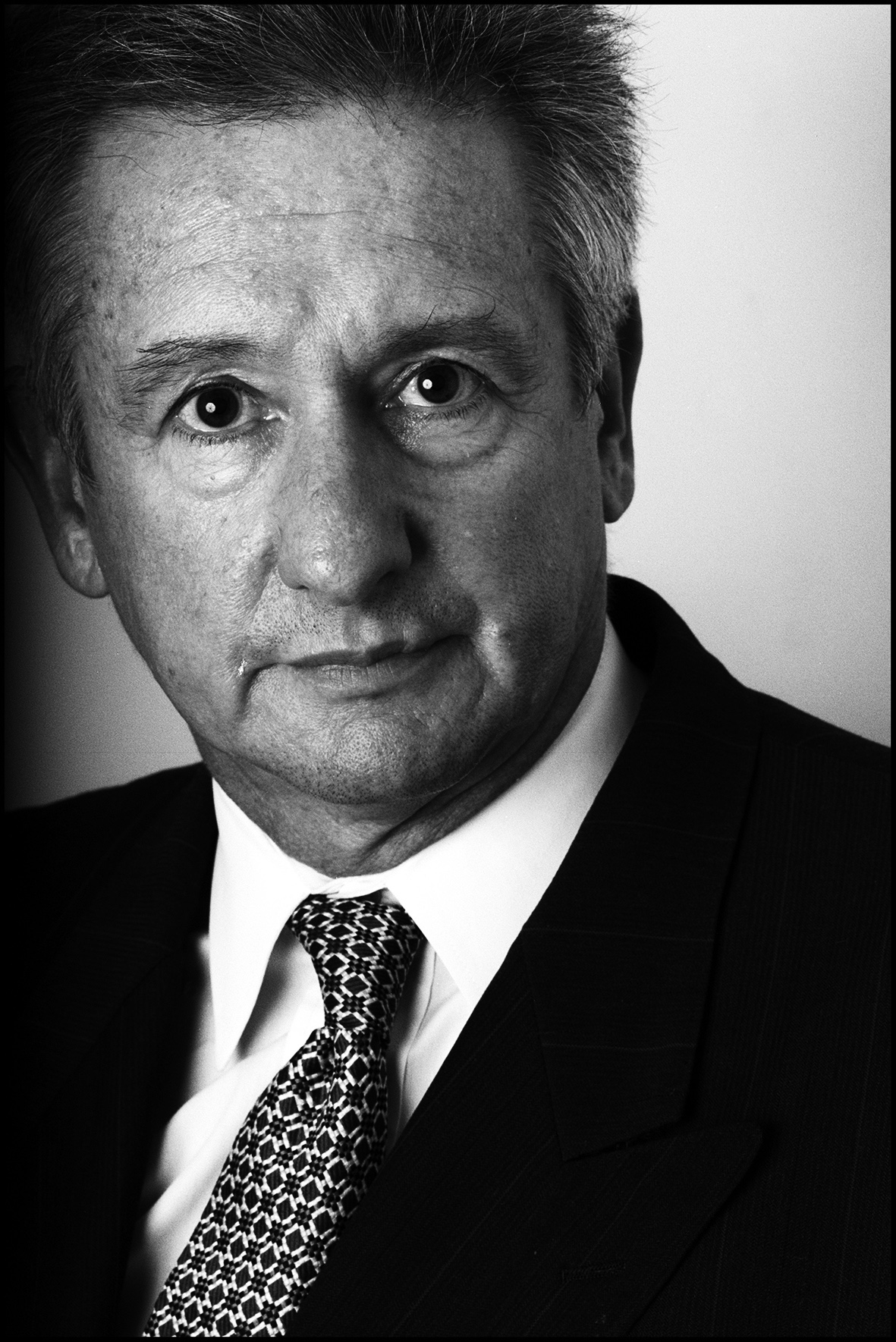DATA NEWS We love data!
Foreign property buyers expand horizons
Finally someone has done some work on how much foreign investment is flowing into Australian property.
It still doesn’t quantify its effect on prices, but anecdotally it’s enough to realise that it’s a bigger issue than first thought and one that needs strict policing.
According to the National Australia Bank foreign citizens accounted for 9.4 per cent of all purchases of established homes in the second quarter of 2015, that’s nearly double the expected level.
“The figures also show that in Victoria, the most popular state for foreign investment, the 16.1 per cent foreign share of established home acquisition was nearly as high as the 16.7 per cent figure for new home purchases,” say NAB economists
This important because most of the current focus is on foreign ownership of newly built housing because of the limits on foreigners buying established Australian housing. This is to try and keep prices affordable for local buyers.
But there are exceptions here. Permanent foreign residents can still buy established houses while temporary residents can also buy established houses, but they must be sold when they depart the country. This has been subject increasing Federal Government scrutiny of late because of alleged abuses of the system by both buyers and real estate agencies with offices in Asia.
The federal government, after signaling its intentions, has introduced a series of regulations carrying heavy fines to try and crack down on suspected unlawful acquisition of established properties. But NAB’s research seems to indicate they are yet to have an effect.
Non-citizen purchases in the apartment market shows Melbourne leading the way with foreigners accounting for 28.3 per cent of all new apartment purchases and a lower 17.5 per cent of established apartments.
In NSW, foreign purchasers made up 16.5 per cent of all new apartment sales and 12.6 per cent of established ones. Foreigners accounted for 14.6 per cent of all new houses and 10.2 per cent of established ones.
Of course the amount of construction taking place to feed demand, particularly for inner city apartments may already be overreaching . One highly respected forecaster, BIS Shrapnel, is predicting the market will be in oversupply, if not experiencing a glut, by 2018.
In its Building in Australia 2015-2030 report, it says national undersupply, which peaked at 108,000 homes last financial year, will fall into a net glut of over 12,000 dwellings in the year to June 2018. It will then deepen for at least the next two years.
But before you race to re-examine your property portfolio and start selling, the figures mask a complex situation.
Melbourne, the centre of the apartment boom, and Perth with a surfeit of new housing after the end of the mining boom, will bear the brunt of the oversupply, but Sydney will still be racing to catch following decades of neglect
The report says new-dwelling starts – which topped 200,000 for the first time in the 12 months to March – will fall from an expected peak of 210,000 in 2014-2015 to almost 164,000 in 2018. However NSW will still face a shortfall of 40,000 dwellings, but even it should be slowing by that time.
BIS Shrapnel also points out a number of regulatory initiatives by regulators and the banks themselves could also dampen demand and affect the supply side.
But finally the impact of foreign money continuing to enter the Australia property market in its many forms cannot be discounted.
Colonial First State Global Asset Management chief economist Stephen Halmarick is tipping the liberalisation of China’s capital markets will inflate asset prices around the globe.
While noting the number of challenges facing China as it embraces market-based economies he says: “What will really matter for the world is how China opens up to allow its people to send money offshore.
“Australians might think they’ve seen a lot of Chinese investment in the Sydney and Melbourne property market, but we ain’t seen nothing yet,” Halmarick said at a panel discussion hosted by the Australian Institute of Superannuation Trustees in Sydney.

